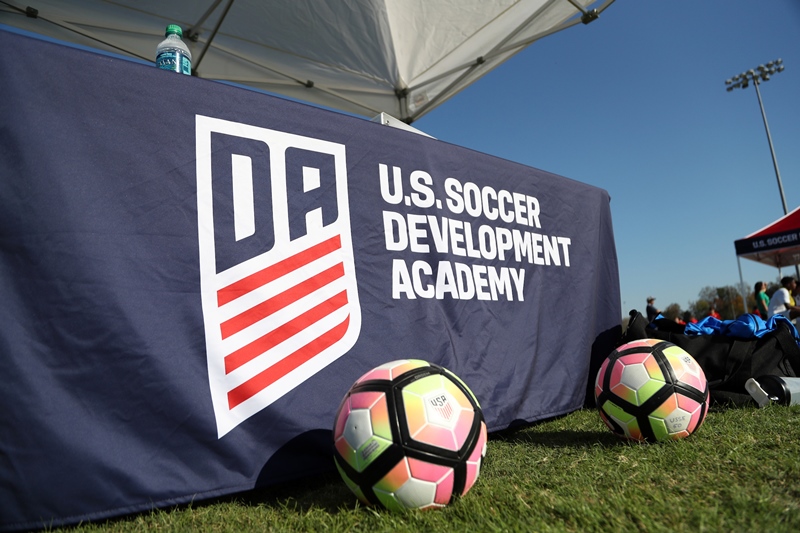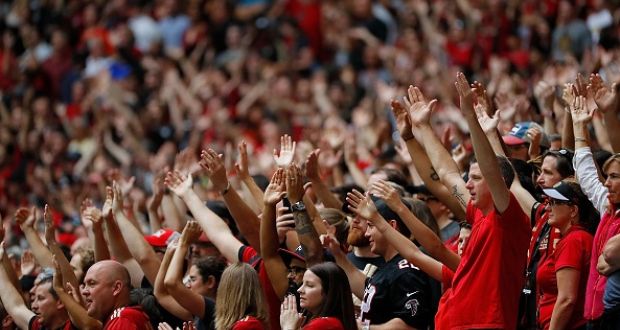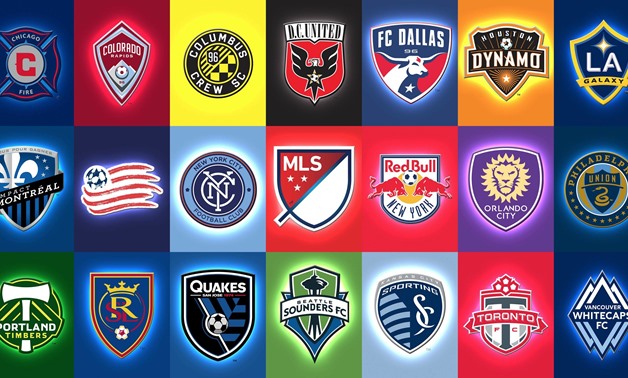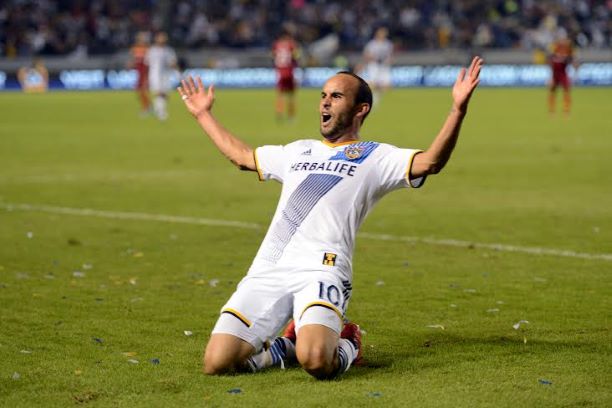The Brazilian Football System: Confusion, Disorganization, Opportunity!
The Brazilian Football System: Confusion, Disorganization, Opportunity!


By Fernando Sell
The football season in Brazil normally begins in the second or third week of January and ends in early December. A Brazilian season practically lasts one year; it is packed with matches and tournaments.
Firstly, the State Championships take place which is where all the clubs of one state compete. The states in Brazil are huge and have many big clubs in them, for example, in the state of São Paulo the biggest clubs are: Corinthians, São Paulo, Palmeiras and Santos. The Championships runs across a period of three to four months, ending in late April or early May. The most popular ones are “Carioca” – State of Rio de Janeiro, “Paulista” – São Paulo, “Mineiro” - Minas Gerais and Gaúcho – Rio Grande do Sul.
The format of the Championships varies. Some have a normal league format, with clubs playing home and away fixtures, the 1st and 2nd place team playing in the final. Other Championships play one round of matches and then go into the knockout round.
I believe that the State Championships should cease. They make the big clubs sacrifice their pre-season because they play many games against smaller and weaker clubs. The level and quality of football is much lower and top teams don’t always take it seriously. Furthermore, the winning teams don’t benefit from their winning form; their performances in the national league are very different.
As the State Championships draw to a close, but before the league starts, the Copa do Brasil flies to a start, the cup is the equivalent of the FA Cup or Coppa Italia.
The Copa do Brasil functions in a knock out round system, each round having two legs. However, in the first two rounds, if the away team wins the first match by 2 or more goals, they automatically qualify for the next round and don’t need to play the second leg. The competition also utilizes the familiar away goal rule.
Unfortunately, the best teams in the country do not play in the competition as they are not allowed to participate due to their presence in the mythical and illustrious Copa Libertadores. Despite the fact that the best teams in the country can’t participate, I think that the Copa do Brasil is a great tournament. It’s a fantastic opportunity for smaller clubs like Santo André and São Caetano to enjoy the emotion, competition and honour of playing in the cup. Also, as there are less big teams, it allows the “smaller” clubs to go far in the competition and maybe even relish the prospect of playing in a final. The final also has two legs.
Winning the Copa do Brasil qualifies the team to play in the biggest South American competition, the “Copa de Libertadores da América”, normally known as the “Copa Libertadores”. The tournament is at the same level and prestige as winning the Champions League. Therefore, smaller clubs can dream of playing in the competition if they have a success journey in the Copa do Brasil.
And in May, one of the most entertaining and exhilarating league starts: the Campeonato Brasileiro da Série A, which is commonly referred to as the Brasileirão.
The twenty best teams in the nation play against each other, in a typical league format. The Brasileirão ends in December. It is extremely intensive and competitive, and it is not a surprise to see the lower placed teams beat the top placed teams. There are normally 8 aspiring teams aiming to win the league each season. The teams who finish in the top four qualify for the Copa Libertadores and the bottom four are relegated to the second division.
At the moment, the Brazilian Federation (CBF) suffers from the lack of organization and preparation; whereas the Supreme Court of Sporting Justice enjoys making its appearances and fulfilling unnecessary services. The referees are terrible in the league, games are constantly delayed and security is consistently failing or simply insufficient and inadequate. Sometimes the bans and suspensions are extreme and on the other times they are too short and not severe. Unfortunately, we, the fans, are the ones who suffer from these failures.
There is a big recurring question in Brazil: who are the most successful teams in the Brazilian League? It’s a confusing answer. The Brasileirão started in 1971, which is very late, but there were other competitions being played beforehand like the State Championships and the Taça Brasil – which was seen was the most important competition between the years 1959 – 1968. However, the CBF deny the importance of the Taça Brasil and only considers teams to be champions from 1971 onwards. I think this is ridiculous! Pelé, the greatest player the world has seen (sorry, Argentineans!) was NEVER, I repeat, NEVER, a champion in Brazil. Santos and Botafogo were the dominant and legendary teams in the 60’s, but aren’t considered champions, this is simply absurd!
To conclude, the Brazillian calendar is extensive and busy all year round, for some it’s overly complicated. The State Champions should end which will allow clubs to have a real pre-season and let the big teams also play in the Copa do Brasil. The Brazilian football system needs many changes, especially in the issues of organization and security.







